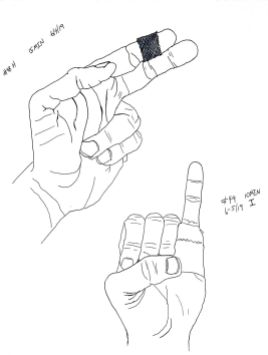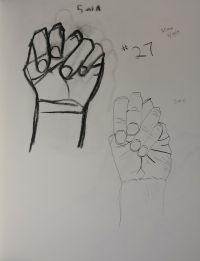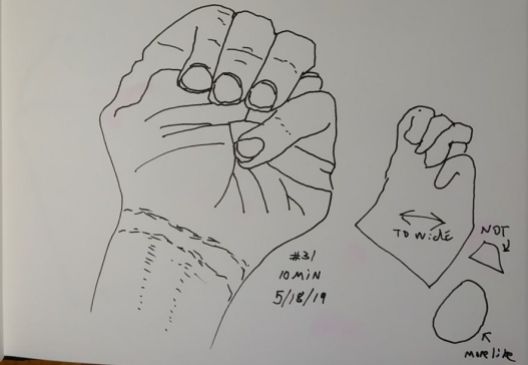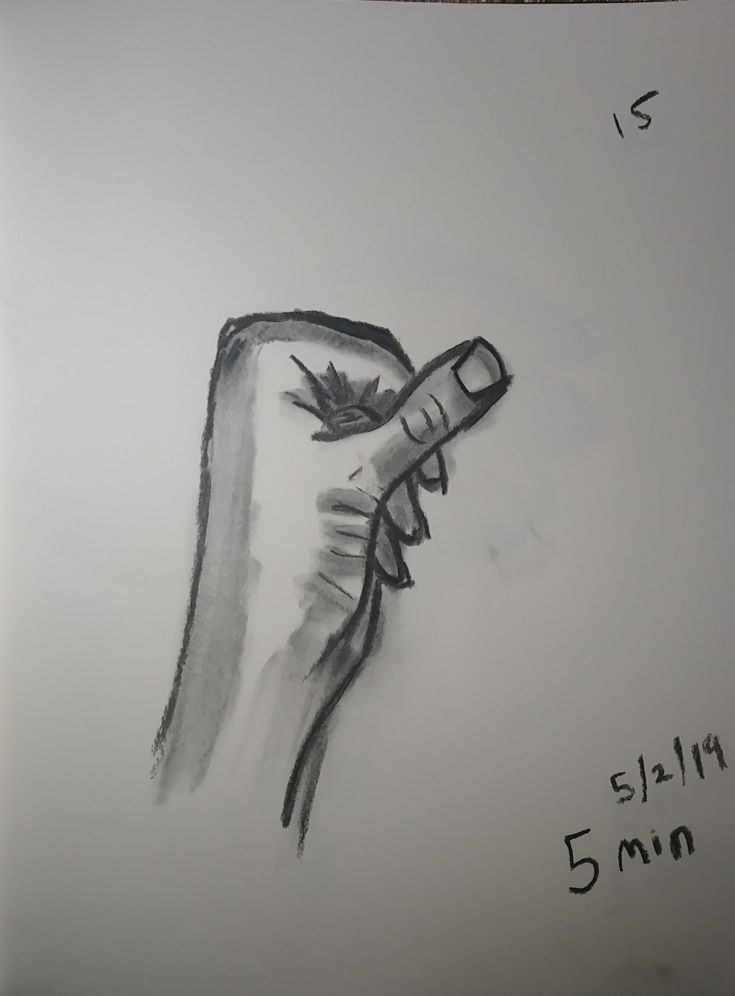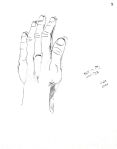So PayPal is trash. Let’s ignore the fact that there’s no reason for the “service” to exist. I mean, why on Earth would I want a company between a buyer and a seller when I don’t need one? Let’s look instead about the updated seller refund policy. It says that if there’s a return for a refund PayPal still gets their fee, the seller pays it, and everyone is back to square one. Well, except for the PayPal who get’s to make a profit and the seller who gets to lose money on a sale that got un-done.
Say a creative sells a print for a $100. That means somebody out there sends $100 to someone else and PayPal facilitates that transaction (as if we didn’t already have financial institutions and social contracts providing for that) pockets 2.9% + $0.30 or $3.20 and the creative gets $96.80 on the sale. If the creative was a convience store they’d just charge $103.20 for a print or price there work at $100 sticker and then add tax and fee’s at checkout. Now, nobody does that because as a population most creatives aren’t douchbags.
Now maybe that print gets creased in the mail when some carrier crams it into a PO box. The buyer wants a refund (and deserves one) so they get their $100 back. Now, you’d think that’d mean PayPal makes nothing on the transaction, and that used to be true, but instead they keep their fee and charge the seller to make the buyer whole. Who does that? Assholes.
So I want to close my PayPal account. Their website tells me I can’t and to contact customer service. I do and they say I gotta wait ten days for a “pending” transaction. I do. Try and close my account again. Can’t. Contact customer service. They tell me theirs an old, open, eBay case and I should contact them to get it addressed then PayPal will close my account.
Call eBay. Nope, no open case. In fact the only activity on my eBay account is so old that even if there was a case I’m told it would have been automatically closed by now.
Call PayPal. Nope, still can’t close my account. I tell ’em what eBay said. They give me details on the case and it’s two years old. I tell them that eBay said that means it’d be closed anyway. PayPal says it would have closed automatically on their end too because it’s so old, but it’s open so they can’t close my account. They want me to conference in customer service from eBay. I do. It’s like two brick walls arguing with each other. Everyone says they can’t do anything ’cause the problem is on the others end.
I open a Better Business Bureau case. And start giveing PayPal a call every day. Meanwhile everything I send them in their idiotic “secure messaging system” is generating automated replies that have nothing to do with the issue. Every time I call PayPal they explain how they can’t do anything and I need to close this case that is only open on their end but is somehow eBay’s problem.
Just for fun I successfully close my eBay acount. And I get the notice that the BBB has contacted PayPal, they have x days to respond, blah blah blah. Keep on calling PayPal once a day. This is my Everest.
Again PayPal want’s me to conference in eBay so they can rub their dicks together. Fine whatever.
One day I get on the line with someone from PayPal who’s not in an overseas call center. This is an actual guy in a cube-farm in the US someplace. He wants me to conference in eBay. Fine lets do that. Hey remember how ya’ll aren’t the same company anymore, how’s that working out? Why’s conferencing the eBay rep part of the standard script? PayPal finally says, and I quote “this shouldn’t be open. I’ll put in a ticket to get the support team looking at why this wasn’t closed.” I’m told I’ll get an email notifying me when my account is closed.
I get a notification that I have a message in their secure message center. The message says some trash like “Hi, my name is Buck Nutley. I’ve reviewd your request to close your account and am stepping in to reccomend you call our customer service department to achive the desired resolution to your issue.” I tell Buck no, I’m not doing that. I don’t want to hear from them until they’re ready to say they’ve closed my account.
Finally my account is closed. And all I can think is when the hell did ComCast buy PayPal?




